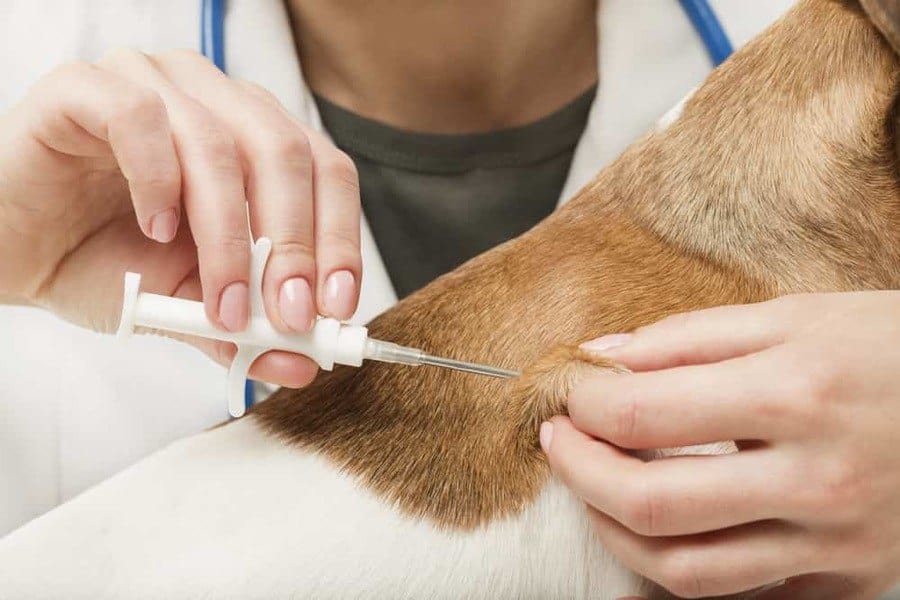“This post contains affiliate links, and I will be compensated if you make a purchase after clicking on my links.”

There is nothing worse than having to worry about a pet who has gone missing. It’s like losing a loving member of the family and constantly worrying about their well-being and whereabouts. Hence I encourage each and every one to look into microchipping your pet.
In recent times, the practice of microchipping has gained a lot of popularity, and for good reason. Microchipping is perhaps the safest and most effective ways to ensure a lost or missing pet returns home. Even if a pet goes missing for a long period of time, a microchip can help him return home. Many pets have be found and returned to their families even years after disappearing, thanks to a microchip. In fact many shelters and adoption clinics have made microchipping a mandatory process which they include in their adoption fees.
The chip itself is very small, about the size of a grain of rice. It is inserted via a small needle between the shoulder blades and the neck of your pet, usually with very little pain or irritation to the dog. Details about the animal and its owners are stored in a database and linked to a unique number associated with your dog’s chip. It is extremely important to keep your contact details up to date in the database.
The process of microchipping is relatively simple and entails the following process:
The Process:
Microchipping is a quick and easy process that is relatively painless for your dog, although some pet owners report mild soreness or tenderness at the injection site for a few days. The veterinarian uses a needle to insert the microchip under the skin of your pet, as previously mentioned it is between the shoulder blades. The tiny microchip stores a unique number and a scan code that permanently identifies your dog. Should your dog be found, a veterinarian or shelter worker can quickly scan your dog for a chip and, after searching a database for the chip’s unique number, learn details including the dog’s name, age, veterinarian, owner’s name, address, and phone number. Think of a microchip as a permanent ID tag that can’t be lost or misplaced.
Cost:
The chip is quite affordable and is included in adoption fees at most pet shelters. It some countries microchipping has been made mandatory with other regions expected to follow suit. Contact local animal control authorities or your veterinarian to inquire about the cost to microchip your pet. Some microchips include lifetime database registration, while others involve minimal annual fees to maintain your pet’s contact information.
I urge each and every pet owner to not delay the process of microchipping, as this is something very important, and can potentially save the life of your pet. Do the right thing, and take your pet to the vet today and have him microchipped.
Mike Mark is a professional dog trainer who enjoys writing blog posts in his spare time and currently works at Pet Vet Animal Hospital.


















